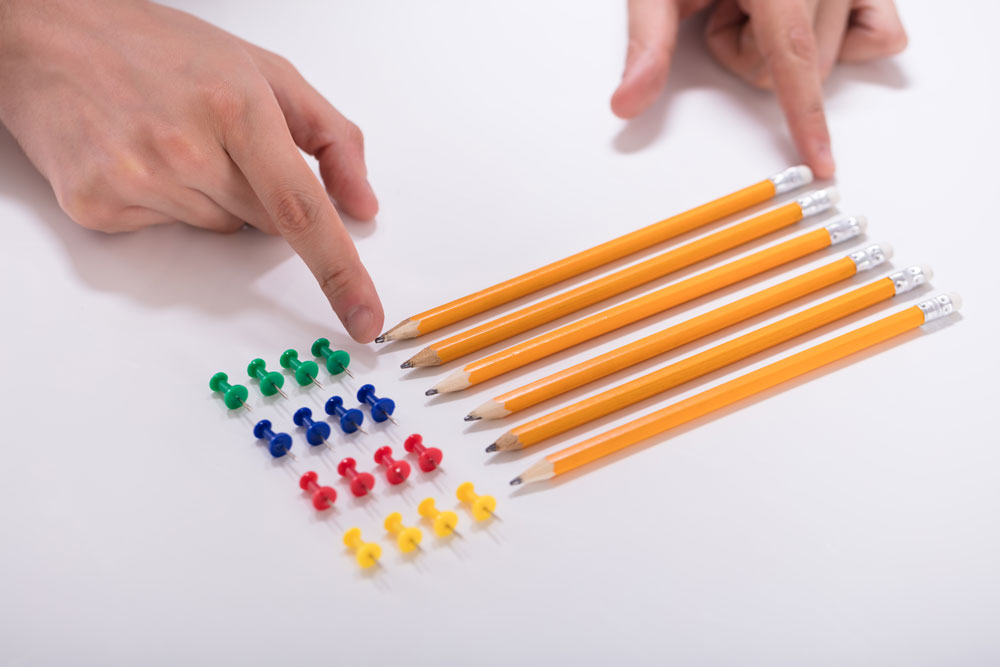By changing work clothes at least once a day, the risk of spreading infection decreases.
This article is translated with AI and is based on Swedish conditions. Hopefully, it can inspire those interested from other countries.
It may seem simple to understand the rules for staff clothing. At the same time, point prevalence measurements often show that they are not fully followed. It may be necessary to monitor the entire process to see where the shortcomings are. Staff's attire is an important part of the fight against the spread of infection. It should be included in the staff's hygiene training to understand the importance of changing clothes daily and when necessary. Care clothing requires the ability to be washed at 60 degrees and be flexible to work in. Good shoes and clothes for elder care are important for both the work environment and hygiene.
 Foto: Mostphotos
Foto: MostphotosLaundry Management of Staff Clothes
Staff clothes must be washed at 60 degrees before they are used again. It is important that the clothes are clean when the next person puts them on. Otherwise, there is a risk that a resident may become infected. Often, laundries are cramped and there is not enough space to sort larger amounts of laundry. This makes it important to have good routines. Many businesses handle the laundry management themselves.
Not everyone understands the importance of handling the clothes so that they are hygienically clean when the next user is going to use them. If clean clothes are piled up, end up on the floor or are left in the staff canteen waiting to be sorted, it is not at all certain that they are clean when they are to be used.
Often there is also a risk that they have become unnecessarily wrinkled. Many employees feel better if they look neat in their work clothes.
Examples of guidelines from Healthcare Hygiene:
- All staff categories participating in care work must be changed.
- Work clothes should be provided by the employer and used only at the workplace or during travel between workplaces.
- The employer is responsible for washing and storing the work clothes.
- The work clothes must be washed at least at 60° C.
- The work clothes should be short-sleeved i.e., end above the elbow.
- The work clothes should be changed daily. If they get dirty or wet, they should be changed as soon as possible.
- Combining work clothes with private clothes is not allowed except for underwear, socks, short-sleeved undershirt, vest, and headscarf/veil.
- It is not allowed to smoke in work clothes.
Healthcare personnel are not allowed to sit out in the grass in work clothes.
Reflection Questions - Staff Clothes
Caregivers:
- Do you have good routines for handling work clothes?
- Do the work clothes feel fresh when you take them new for the day?
Manager, Nurse, Occupational Therapist, and Physiotherapist:
- Do the routines for washing work clothes work as they should?
- Is the compliance with the routines good?
Residents and relatives:
- Do the employees use work clothes correctly?
Erland Olsson
Specialist nurse
Sofrosyne - Better care every day

Aktuellt i media
- 2025-12-11 04:00 07 Riskhantering
- 2025-12-08 04:00 06 Dokumentation
- 2025-12-03 04:00 06 Dokumentation
- 2025-12-01 04:00 02 Värdegrund
- 2025-11-27 04:00 13 Hygien
-
2025-11-24 04:00
03 Ledarskap
Leadership and Development - Future Elderly Homes, Development Work for Better Care
info Foto: Mostphotos
Foto: Mostphotos






